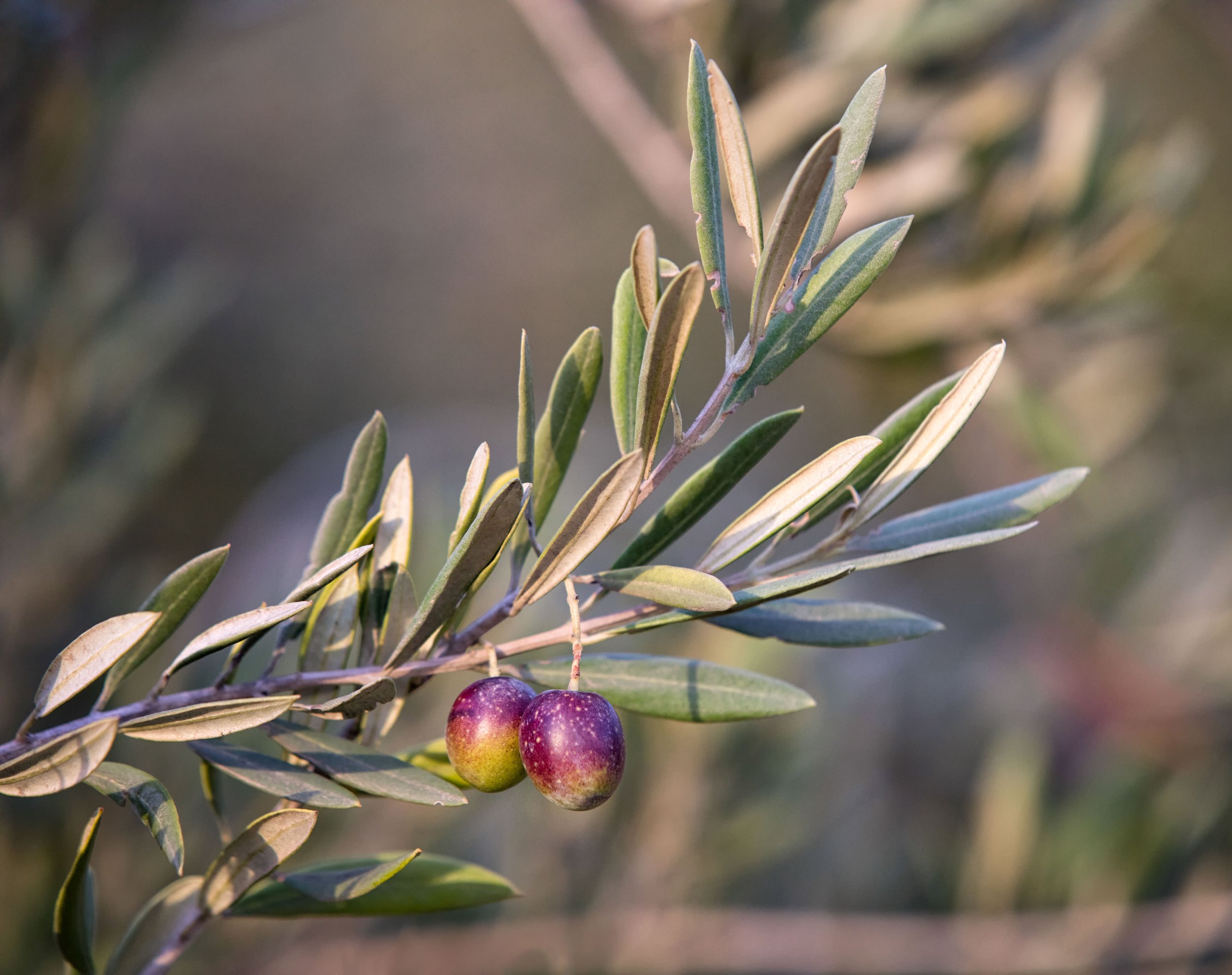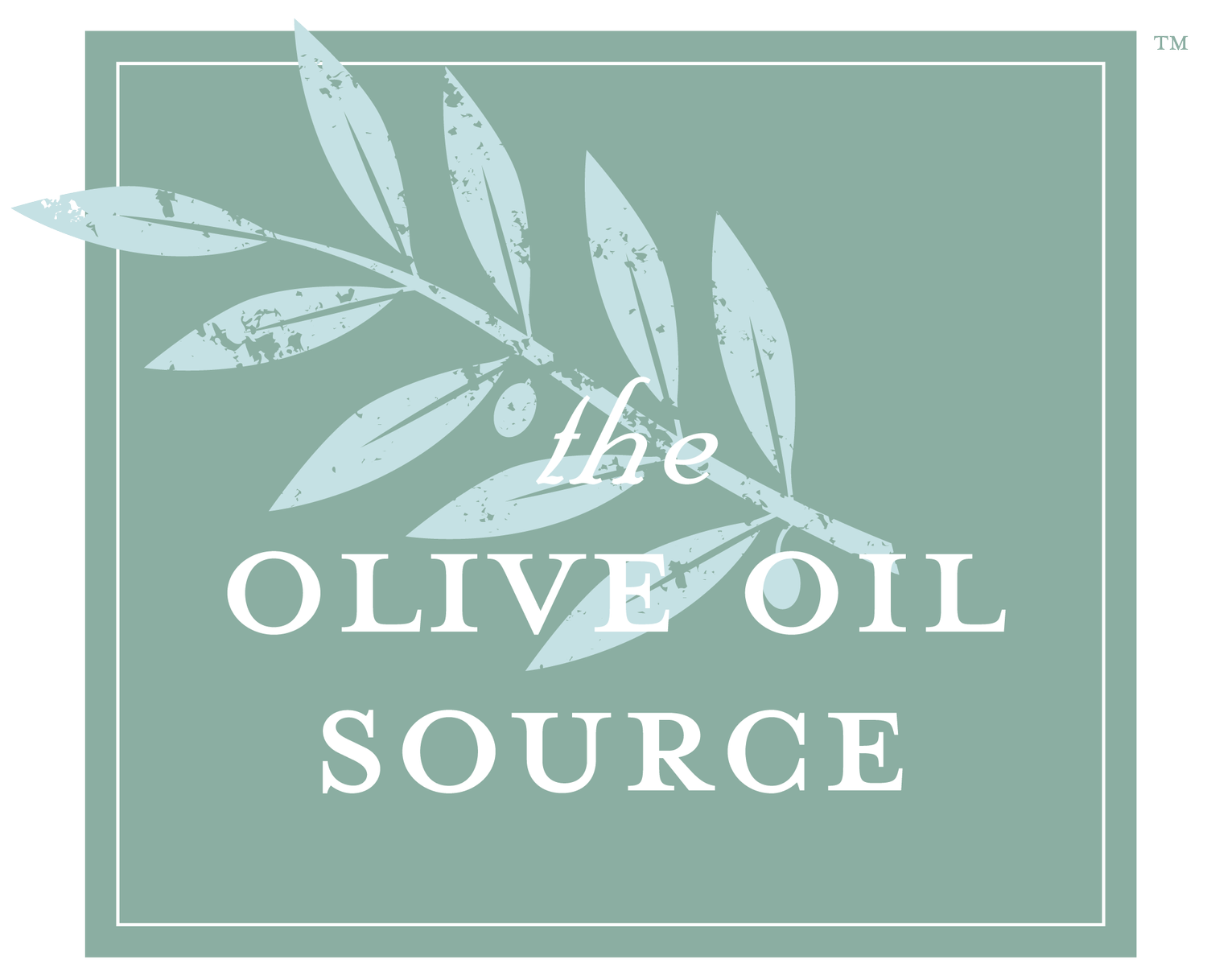
Harvest Timing
Nothing gets more discussion among olive growers than when to pick. It can make all the difference as far as yield, organoleptic characteristics, shelf life, and color.
Fruit maturation depends among other things on olive variety, temperature, sunlight, and irrigation. A hot fall can cause fruit to ripen quickly, resulting in a narrow window for optimum picking. A cool fall may result in green fruit hanging on the tree well into winter. Some farmers are forced to pick greener fruit than they want to hedge against frost damage or a big storm. Some varietals will ripen faster than others, and olives may mature later in some parts of the orchard than in others.
This makes the decision on when to pick potentially complicated. Keep in mind that olives are not as sensitive as grapes picked for wine, however. You don’t have to get up in the middle of the night to meet an extremely narrow harvest window and put them on ice. Having said that, good planning is still essential to make sure the picking crew and equipment is ready when needed, and milling capacity is scheduled so that the olives don’t have to wait after being harvested.
MATURITY STAGES
Green (Immature) Fruit
Why is it more difficult to extract oil from unripe olives?Immature olives are green and quite firm. They produce oil that is bitter and grassy with unripe and vegetative characteristics. These oils are high in polyphenols (anti-oxidants) and other flavor components. As a result, they are quite bitter and pungent and have a long shelf life thanks to these natural preservatives. The chlorophyll content is high so the oils are often quite green. It is more difficult to extract oil from unripe olives because the oil containing vacuoles within the cells are not easily ruptured. The olive paste has to be malaxed longer.
Veraison
As the olive fruit matures from green to yellow-green, it starts to soften and then the skin turns red-purple in color. This is called veraison. The olives still have a high polyphenol content at this stage, and are starting to develop some ripe-fruity characteristics. Oils produced from fruit harvested at this stage have some bitterness and some pungency. They have close to a maximum amount of oil per dry weight. The olives are often considered to be at their peak for olive oil production.
Black (Mature) Fruit
As the fruit matures further, the skin turns from purple to black (although some varieties never turn completely black), and the flesh darkens all the way to the pit. At this stage, the polyphenol and the chlorophyll contents decline and the carotenoid content increases. Therefore, oils produced from late harvest fruit tend to be more golden in color, less bitter, less pungent, and have a shorter shelf life. They are often described as sweet oils. The oil yield is high.
EFFECT OF OLIVE FRUIT MATURITY ON VARIOUS CHARACTERISTICS OF THE OIL
Given the factors described below, the best quality oils come from olives matured to at least the red-ripe stage. Fully mature, ripe fruit yield sweeter oils with no bitterness and pungency, but during harvest, they are soft and easily damaged. Immature olives that are green or straw color are sometimes processed because of the unique flavor they impart to the oil.
There are many choices to be made depending on the desired type of oil flavor, its shelf life, its healthy components, and its color. For example, with low polyphenol content varieties such as Arbequina or Sevillano, a 1-month delay in harvest can cause as much as a 4-month loss in shelf life.
Later harvest usually yields a better percentage of oil per ton of fruit, so processors and growers are often interested in harvesting as late as possible to augment oil quantity. The olive tree manufactures and stores oil in the fruit throughout the season, but the rate of oil storage flattens and stops just before maturity due to the low light intensity and cool temperatures, providing no real gain in oil content. Olives naturally loose moisture in the maturation process, so the perceived rise in oil content late in the season is actually a loss of fruit moisture.
The following table summarizes the effect of olive fruit maturity on various characteristics of the oil.
OLIVE MATURITY INDEX
The first decision to make is what characteristics are desired in the oil. Harvesting should take place when the majority of the fruit in the orchard is at the optimal stage for these goals. To help make informed and consistent decisions from year to year, a maturity test index was developed by researchers.
The maturity index depends on the color of the skin and flesh to assess maturity. Olives are picked from several representative trees (high, low, and from all sides) to fill a large container (about 2 to 3lbs (0.9 to 1.4kg)). 100 olives are picked out at random. An olive is picked from the 100 to represent each of the 8 maturity levels below. The rest of the 100 are then compared to the reference olives and sorted accordingly. The number of olives in each group is counted. The Olive Maturity Index is the sum of the number of olives in each category multiplied by the score, with the sum then divided by 100.
A maturity index of 2.5 to 4.5 is usually used for most olive oils. At a maturity of 3.0 to 5.0 olives have reached their maximum oil content. The olives in a grove may reach this maturity index sooner or later in the year depending on weather but olives picked year after year at the same maturity index should produce similarly flavored oil.
SOURCES
G. Steven Sibbett and Louise Ferguson: Olive Production Manual, University of California.






